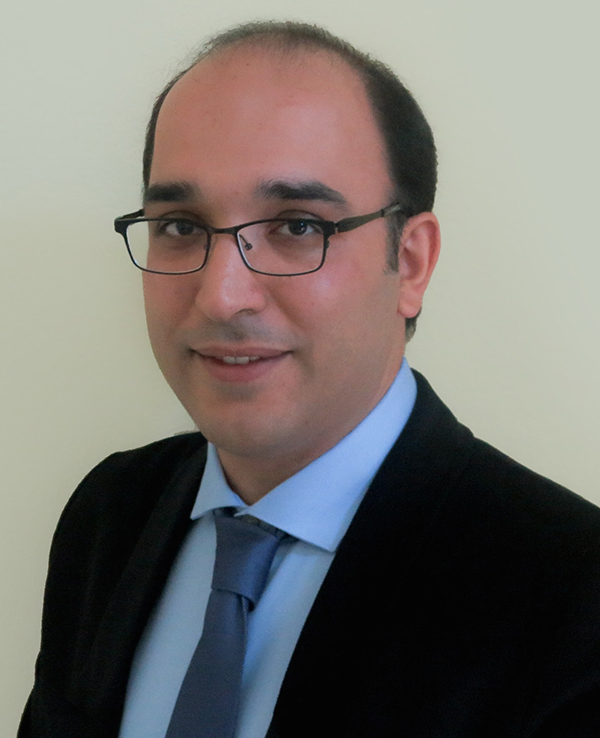Channel Coding for Next Generation 5G and Beyond
With the help of two NSF awards totaling $1.7m, Prof. Hessam Mahdavifar is tackling new problems to improve the reliability of communication systems for 5G and beyond.

 Enlarge
Enlarge
Communication is ultimately the transfer of information from one point to another. When done digitally, errors in transmitted bits can result in lost or damaged details. With the help of two new NSF grants, Prof. Hessam Mahdavifar is working to design schemes that can correct such errors and improve the reliability of communication systems for the next generation of the smart world, 5G, and beyond.
Mahdavifar’s projects are focused on channel coding, which creates methods to construct codes that can correct errors that happen during the transfer of information.
“What’s really exciting about 5G for us coding theorists is that the entire channel coding paradigm has been redesigned in 5G, so we’ll be using entirely new codes to solve these problems,” Mahdavifar says.
One of these projects focuses on the ever-expanding world of the Internet of Things (IoT). When devices and sensors such as those used in smart healthcare and smart homes are connected to the internet, they operate at low rate since they are low power and aren’t transmitting information all the time. Currently, research is looking for ways to connect these devices to the cellular network as well, so, for instance, doctors can track health-related signals from patients effectively and remotely.
“The problem is that we don’t have practical codes that are constructed for this kind of low power and low rate communication,” Mahdavifar says. “We are proposing first: how to characterize the fundamental limits at this very low rate, and second: how to construct very low rate codes.”
The current strategy in the cellular standard uses codes that are designed for high rates followed by many repetitions, and is therefore a suboptimal solution. If successful, Mahdavifar’s team would be the first to develop efficient codes for low rate scenarios.
“No one has really looked at this particular regime of communications, because there wasn’t an actual application for that before,” Mahdavifar says.

 Enlarge
Enlarge
Mahdavifar’s other project addresses challenges to achieve the channel capacity, or the fundamental limit of the communication rate. U-M ECE’s own Claude Shannon, the Father of Information Theory, first introduced the concept and characterized the channel capacity.
The ultimate goal of communication is to maximize the data rate so that it achieves the channel capacity, but this is very difficult to do in practice. Polar codes, developed a little over a decade ago, were the first codes that showed it was possible to efficiently achieve the channel capacity. However, polar codes are not as competitive as other codes in practical settings – something Mahdavifar’s team is working to change.
“One of the solutions that I have developed is to construct a polar code with a time-varying channel, where the channel changes whenever a new piece of information is transmitted,” Mahdavifar says.
Mahdavifar is also researching the application of polar codes to multi-user scenarios, where a massive number of users, such as 5G and IoT devices, are trying to transmit or receive data at the same time. Mahdavifar says that these kinds of problems have not been strongly considered in academic research before, but they are real-world practical problems he encountered when working in industry prior to joining U-M. Solving them could translate directly to real-world solutions.
“With every generation of communications, we need new coding with those based on the new needs of these new systems,” Mahdavifar says. “It’s very exciting.”
 MENU
MENU 
